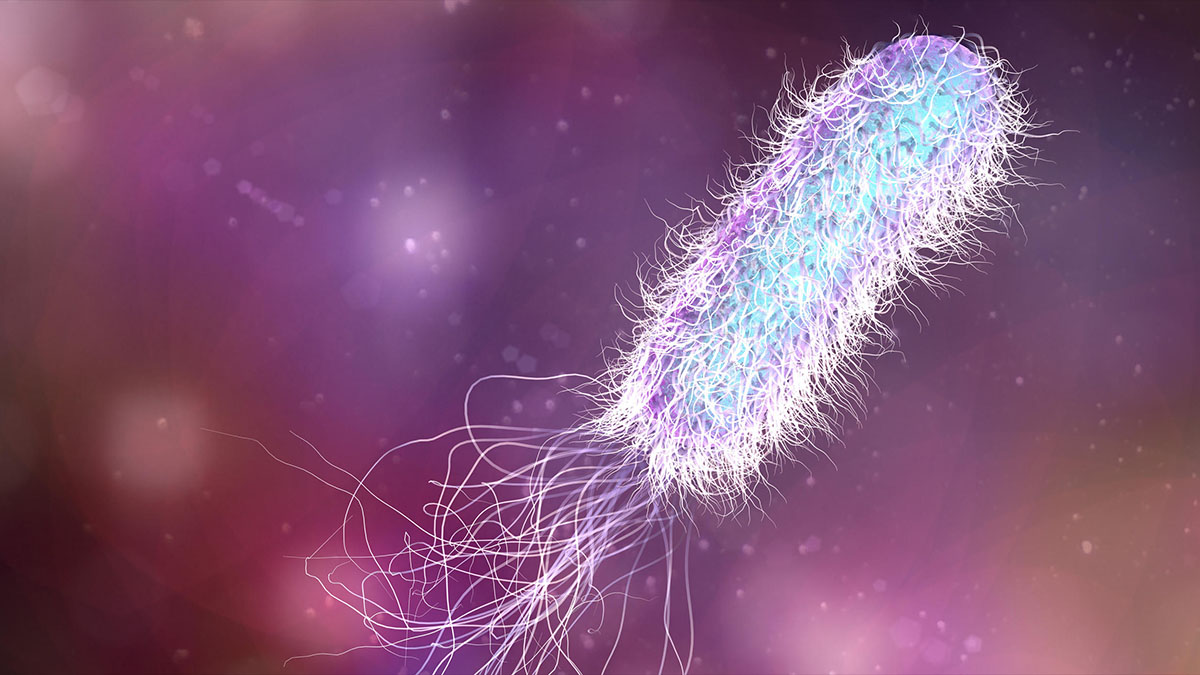why darwin was right about the tree of life

When talking about the origins of life, the term universal common ancestor gets thrown around quite a bit. But did all life really come from a single ancestor? Considering that genes can swap species, could there be the intriguing possibility that instead of a single common ancestor there was an entire pool of simple organisms swapping genes until the precursors of the very first biosphere finally appeared after tens of millions of years of mutations and selection? This idea of multiple common ancestors sharing the primordial soup got editors at New Scientist to make their now infamous cover picturing the modern version of a Tree of Life in Darwin’s notebooks with a provocative title asking whether the naturalist who came up with the idea of natural selection was wrong and the tree of life is actually more like a dynamic web with plenty of horizontal gene transfers. And while this may sound plausible, what does the science say about the odds of this actually happening?
Well, as a statistical analysis of 23 proteins in 12 species indicates, the idea of multiple UCAs is actually very unlikely and a single common ancestor to all life which evolved in an environment where hybrids could swap genes across the species barrier every once in a while, fits the observations 103,489 times better. And even if his model didn’t allow gene swapping, biochemist Douglas Theobald still found that a UCA is 102,860 times more likely than multiple ancestral pools. So in other words, all life on Earth is over 100,000 times more likely to trace its lineage back to a population of microorganisms that appeared roughly 3.5 billion years ago rather than to a web of many unknown common ancestors. In fact, when taking species from the biological domains of bacteria, archaea and eukaryotes and compare how well their proteins would match if each evolved from a unique ancestor, Theobald found that the odds of them independently matching each other to the degree they do today is approximately 1 in 1 followed by 2,680 zeroes. Or in other words, virtually impossible,
Why are we dealing with a 1 in 102,680 probability of multiple ancestral populations? If we look at the genetic sequences of multiple species with similar genomes, it takes less mutations to account for the differences in the proteins they generate if they had common ancestry than it would be if they had independent origins. With more required mutations, the odds against a particular scenario quickly rise. But hold on, are only 23 proteins enough to make conclusions like this? Wouldn’t more proteins make for a more valid analysis? Not really. If a limited number of proteins across just a dozen species in three domains is already yielding data like this, an addition to the sample pool is either not going to alter the odds by a statistically significant amount, or give us an even higher degree of commonality since models which hypothesize an independent origins would have a lot more mutations to match. Unless we found a shadow biosphere which seems totally unrelated to anything we know today, odds are that the Tree of Life is going to remain the dominant framework for explaining why all living things on our world are closely related, even after billions of years of selection.
Oh, and there’s another interesting side note to consider. Theobald contributed quite a bit to Talk Origins and the Panda’s Thumb, debunking his share of creationist pseudoscience. So just for the hell of it, he thought he would test how likely it is that humans aren’t actually related to anything on Earth and appeared out of the blue as far as nature is concerned. So yeah, about that… Remember how I just called 1 to the 2,680th power pretty much impossible? Well, the odds of humans spontaneously appearing on our planet are even worse. In fact, they’re a ridiculously unbelievable 1 in 1 to the 6,000th power which is so much more unlikely than a multiple ancestor model, there isn’t even a name for a number this big. Looks like the buffoons playing scientist at the proudly ignorant Uncommon Descent have some more denying to do, and this time, in the face of absolutely staggering odds against them, odds, which unlike Hoyle’s biologically invalid assumptions, are based on a real data set from real genomes of real living things, rather then Dembski’s imagination.
See: Theobald, D. (2010). A formal test of the theory of universal common ancestry Nature, 465 (7295), 219- 222 DOI: 10.1038/nature09014





